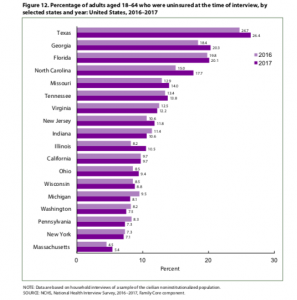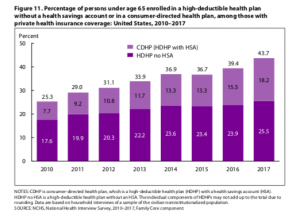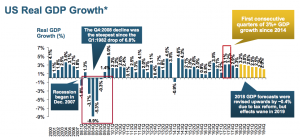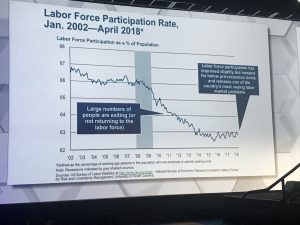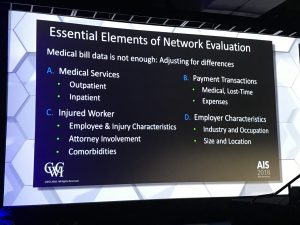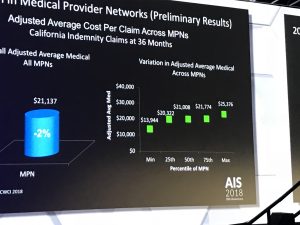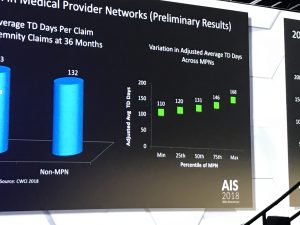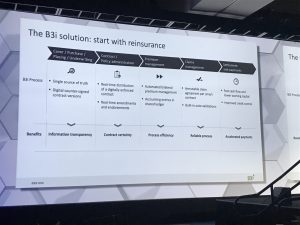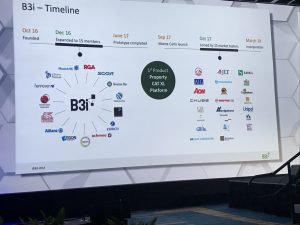Several weeks ago Ohio’s state work comp fund – the Bureau of Workers’ Compensation – selected a new PBM to replace OptumRx.
This has me thinking more broadly about the vendor-customer relationship and how that’s evolving.
First, buyers are getting smarter. BWC’s former and current pharmacy directors (John Hanna and Nicholas Trego respectively) are not just pharmacists, they have become expert in pricing, auditing PBM transactions, understanding contracting language, and negotiations.
According to WorkCompCentral’s William Rabb, BWC learned it was paying OptumRx millions more than it should have after conducting an audit earlier this year. Quoting Rabb:
an audit showed that the current PBM, OptumRx, failed to keep drug prices below the maximum allowable cost as required.
The audit is here.
Without getting too deep in the weeds here, allegedly OptumRx was supposed to keep generic drug prices at or below a Maximum Allowable Cost, or MAC. However, the audit indicated OptumRx failed to do that, resulting in BWC paying about $5.7 million more for generics than it should have.
Seems straightforward, but this can be hard to figure out as the list of drugs subject to MAC list pricing is often not disclosed. That is, the PBM has a “proprietary” MAC list which it does NOT have to share with its customer.
Obviously this makes it hard for the customer to figure out if it is paying what it should.
Second, major issues don’t just pop up out of thin air; its unlikely BWC first expressed concerns a few months ago.
Moving an $84 million pharmacy program – or any big service – is no easy task; there’s a ton of systems programming to be done and tested; patients to be switched from one PBM to the new one; adjusters and case managers to train; financial arrangements to be agreed upon; pharmacies and employers to educate; and myriad other tasks.
Payers do NOT make changes unless they have no other choice due to the switching cost, potential business and patient care disruption, and internal stress involved in moving to a new PBM (or any other service type).
Service providers need to ensure that their senior managers and front-line staff understand their customer’s situation, concerns, needs, and plans. Equally important, senior management must empower their client-facing staff, giving those staff the ability to fix problems, highlight issues, and marshal resources needed to meet clients’ needs. (I’d note that Optum’s work comp PBM recently brought Kaye Lewis back on board to run account management; Kaye is universally well-regarded and one of the best in the business; I had mistakenly said Kaye was working with OptumRx which focuses on the broader health marketplace. I regret the error. )
Third, vendors need to own up to and deliver on their commitments to all involved. Quibbling over contractual terms, arguing over this clause or that, or word-stretching to avoid doing what the customer or the customer’s advocates need done reflects short-term, myopic thinking.
Sure, you may be “right”, but you’ll win that battle and lose the war.
What does this mean for you?
These days customers are harder and harder to come by, so when you get one, make darn sure you keep them. Listen, anticipate, deliver, and be flexible.
And most of all, meet their needs.


